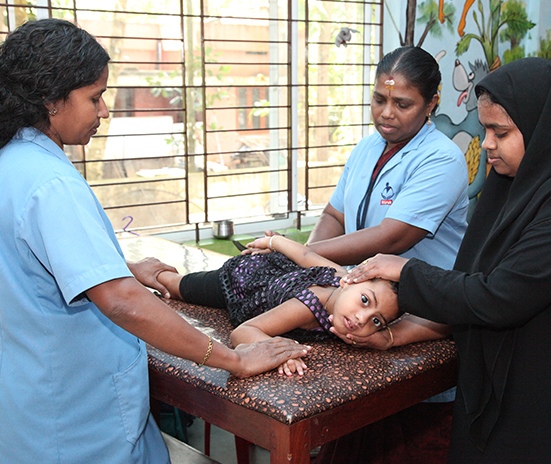Learning disability doesn’t have anything to do with a person’s intelligence – after all, such successful people as Walt Disney, Alexander Graham Bell, and Winston Churchill all had learning disabilities. The way our brains process information is extremely complex – it’s no wonder things can get messed up sometimes. Take the simple act of looking at a picture, for example: Our brains not only have to form the lines into an image, they also have to recognize what the image stands for, relate that image to other facts stored in our memories, and then store this new information. It’s the same thing with speech – we have to recognize the words, interpret the meaning, and figure out the significance of the statement to us. Many of these activities take place in separate parts of the brain, and it’s up to our minds to link them all together.
Learning disabilities typically first show up when a person has difficulty speaking, reading, writing, figuring out a math problem, communicating with a parent, or paying attention in class. Some kids’ learning disabilities are diagnosed in grade school when a parent or a teacher notices a kid can’t follow directions for a game or is struggling to do work he or she should be able to do easily. But other kids develop sophisticated ways of covering up their learning issues, so learning disabilities don’t show up until the teen years when schoolwork – and life – gets more complicated.


